The Golden Shackles of Tennis: Discussing the controversy caused by De Minaur's call to shorten the schedule
After an upset in the second round of the French Open, world No. 9 De Minaur did not hide his dissatisfaction in the face of the media. The player, who has been in the top 10 in recent years, put it bluntly: "Once the season starts, you have to play until November 24, there is no end in sight. He described the brutal reality of his three-four years of winter training after only two days off from the Davis Cup, highlighting the systemic dilemma of professional tennis: a packed schedule that is eating away at players' mental health and professional longevity.
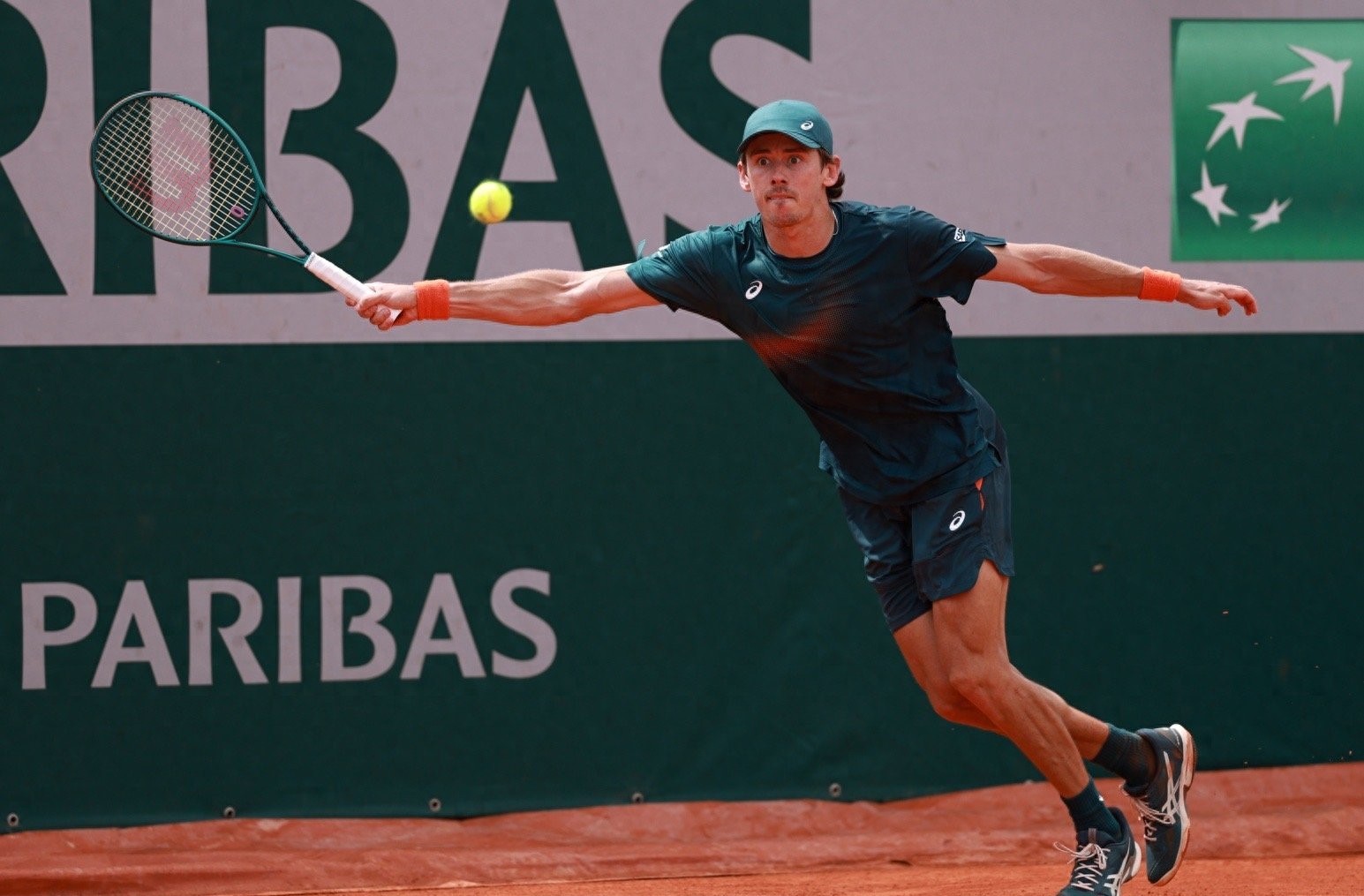
De Minaur's statement tore open the rift beneath the glamorous exterior of professional tennis. While the top stars complain about overstretching their bodies in the competition, players outside the top 100 are fighting hard to qualify for every tournament; While organizers "motivate" stars with mandatory entry rules and attendance bonuses, lower-ranked players struggle to break even. De Minaur's statement in the press room of the French Open hit the pain points of professional tennis: "The solution is to shorten the season, because if you continue to play at this density, the player's career will become shorter and shorter, because they will be completely crushed psychologically. There are really too many games. His complaint is far from unfounded. The professional tennis season runs from January to the end of November, spanning 11 months. Even after the Davis Cup team competition at the end of the year, the players had only two days of rest before they had to devote themselves to pre-season training for the new season.
The Shanghai Masters in the Asian season and the Paris Masters in the European indoor season have always been hotbeds of upsets as the last two top-level tournaments at the end of the year. The players' stamina and energy were on the verge of exhaustion after more than nine months of long campaigns, and injuries and injuries left the outcome uncertain. Nadal is a case in point, as he ended the year at his best due to his style of play and injury problems. Of all nine Masters, Shanghai and Paris are two territories that Nadal has not been able to conquer. De Minaur's views represent the general anxiety of the top player community. The ATP and WTA players' unions have met several times to discuss and issue formal demands, emphasizing that the season is too long, the tournament is too dense, and especially the top tournament is mandatory.

While De Minaur complained about the plethora of events, players outside the top 200 were struggling to get more chances to play. For lower-ranked players, a large number of events is not a burden but a chance to survive. The harsh reality is that only athletes who are consistently ranked in the top 100 in the world will be able to break even on the Tour with tournament prize money. The 250-strong players face even tougher challenges – they may not be able to hire a coach all the way through and will have to travel alone for around 10 tournaments a year. Travel costs are under tremendous pressure. Some of the hotel's designated hotels cost as much as $150-$200 per night, and intercontinental airfares are even more expensive. China's Wang Xinyu waited for the mixed doubles event to win a silver medal after completing her singles match at Paris 2024 due to the high cost of airfare.
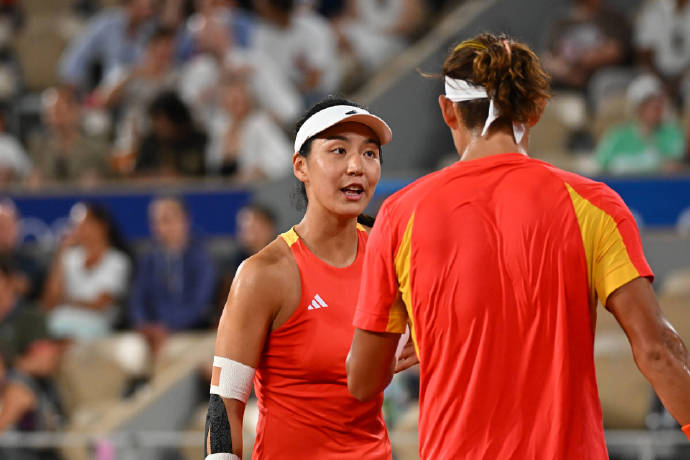
The divide in prize money distribution is equally staggering. There is a huge disparity between the prize money at the WTA 250 Linz Championship, which is only $36,900, while the winner of the WTA1000 Madrid Championship has a whopping $1,226,500, which is 33 times the prize money. For lower-ranked players, a number of events offer a ladder to earn prize money and move up the rankings. China's Zhang Shuai suffered 24 consecutive singles defeats before the China Open in October 2024, dropping to around 600 in the rankings, relying on a wild card to compete.
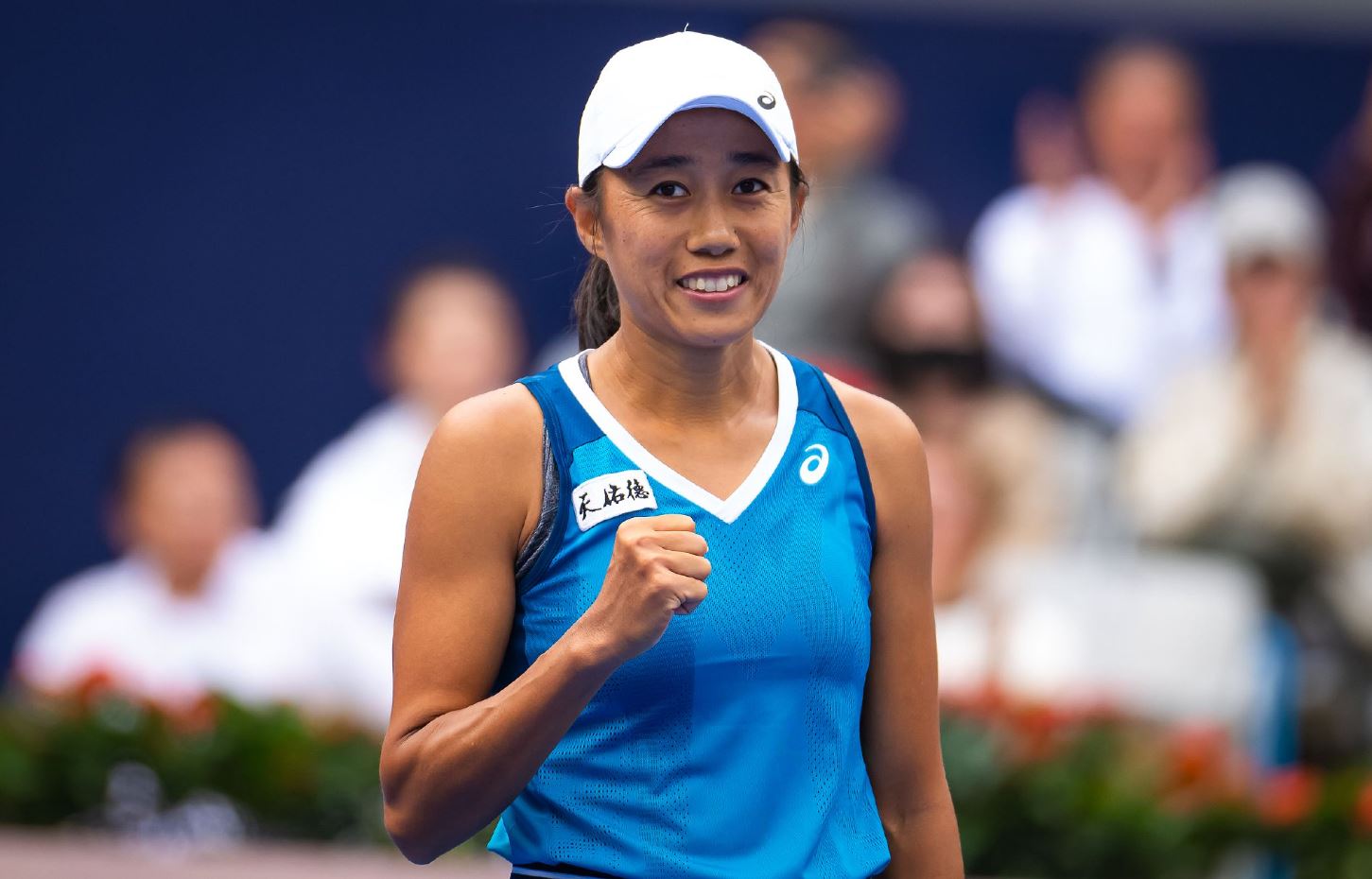
Professional sports organizations want their top players to play more, and tennis is not an exception. The World Table Tennis Federation (WTT) recently introduced new rules that will result in fines for players who fail to reach the number of entries, which directly caused the two current Olympic champions, Fan Zhendong and Chen Meng, to abandon their world rankings.
The ATP in tennis shows a more mature art of balancing, using bonuses rather than fines to encourage participation. The ATP has a $20 million full-time prize pool for the world's top 30 players, plus a 500-tournament prize pool that floats based on profits. The 2023 most contested Sinner and Zverev both received a huge prize of more than $2.5 million. What's more, the ATP has designed an exemption for senior players: meeting the standard can reduce the number of mandatory tournaments based on three indicators: age, professional years and career games. If you have a full 3-of-a-kind, you will not be subject to the mandatory match at all. This flexible system allows decorated players such as Novak Djokovic to rank first in the annual prize money list with a total prize of $15.95 million due to the high quality of the tournament (winning three Grand Slams and year-end finals) despite having zero year-end bonuses when the number of players in 2023 is insufficient.

In 2024, the ATP will introduce new rules to further strengthen the requirements for participation and reconstruct the interests of top players. The new rules put a "golden shackle" on the world's top 30 players, requiring them to play five ATP 500 tournaments, and missing any of them will result in the elimination of points from that tournament. The selection rules for these 500 matches are complex, and players need to meet three geographical distribution conditions, and the difficulty of selection is comparable to "filling in the college entrance examination". If the conditions are not met, other match points may also be reset to zero. The results of the prize distribution under the new rules are eye-popping: Sinner, as the world's No. 1, took away a $2.78 million attendance award; Djokovic gave up some events due to his Olympic strategy, and his full attendance bonus for the year was zero.
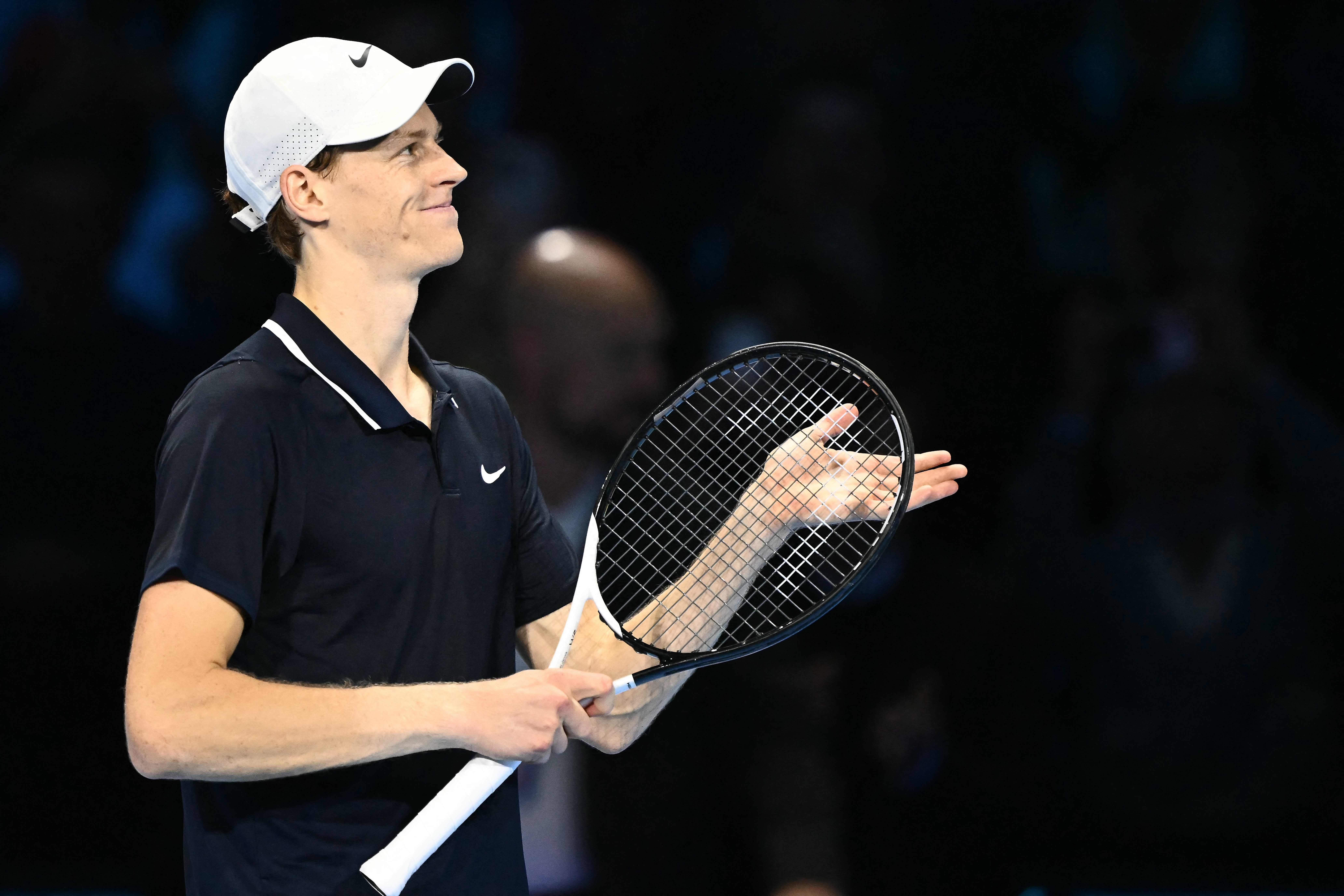
At the same time, the prize money for the four Grand Slam players accounts for only about 15% of the total revenue of the tournament. In 2024, the total income of the French Open will be 338 million euros, and the total prize money of players will be 53 million euros, accounting for about 16%; The annual revenue of the US Open is about $500 million, and the players get $70 million, accounting for only 14%. That's a much lower percentage than other professional leagues, with ATP world sixth Ruud noting: "The NFL, MLB and NBA are able to guarantee players about 50 percent of the profits. ”
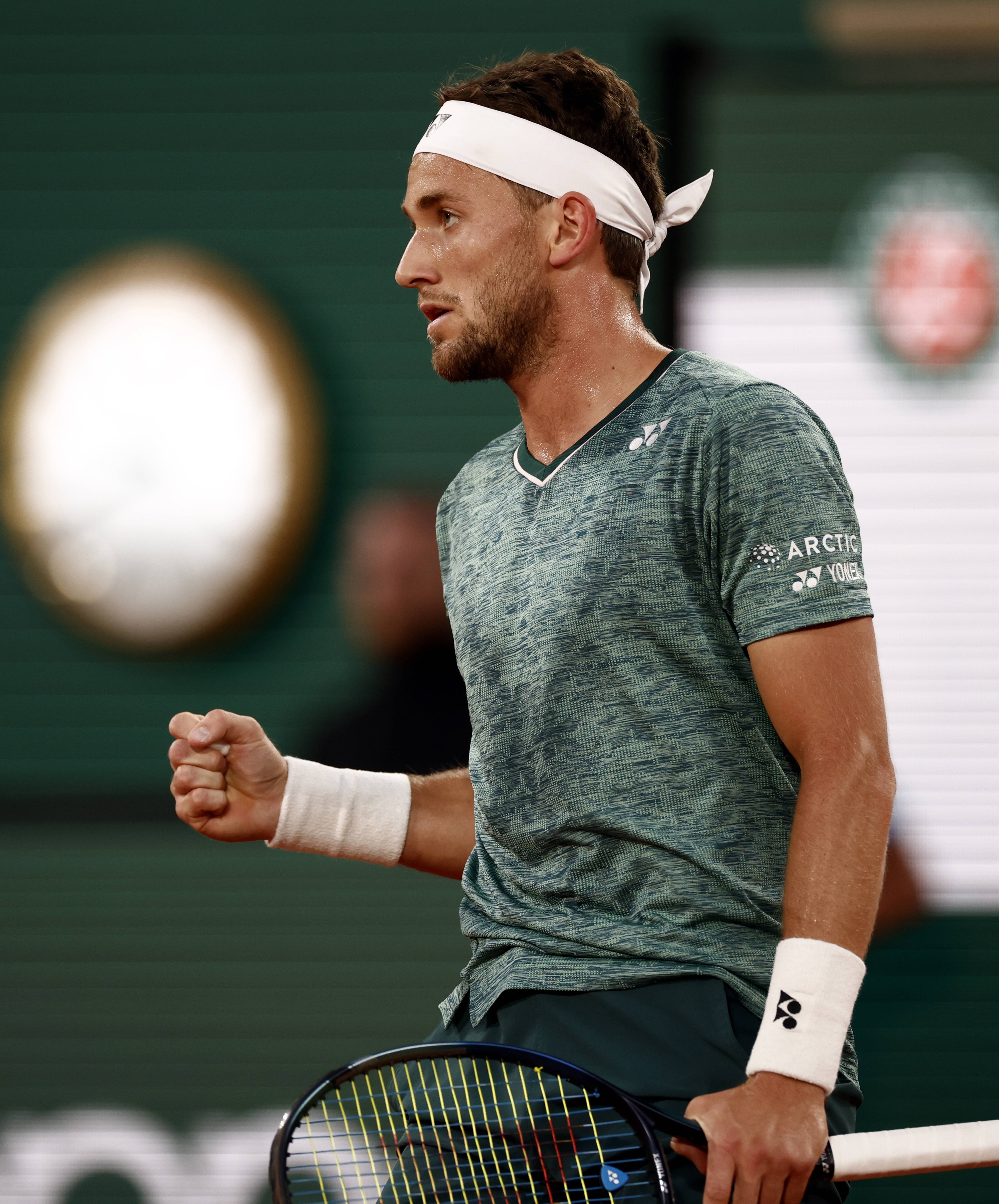
Calls for a shorter season face complex realities. The intertwined commercial interests behind professional tennis have made it difficult to reform the tournament schedule. Unlike leagues such as football and basketball, which are based on one country, tennis tournaments are spread all over the world, and each tournament represents the economic planning of a city or even a country. As a result, negotiations and representations are doubly difficult. For example, as the only ATP Masters in Asia, the status of the Shanghai Masters is highly coveted. Singapore, Japan, South Korea and other countries have been vying for the right to host the Masters; Shanghai was able to maintain its position, in addition to the quality of the event, there are "countless invisible swords and swords" behind it.
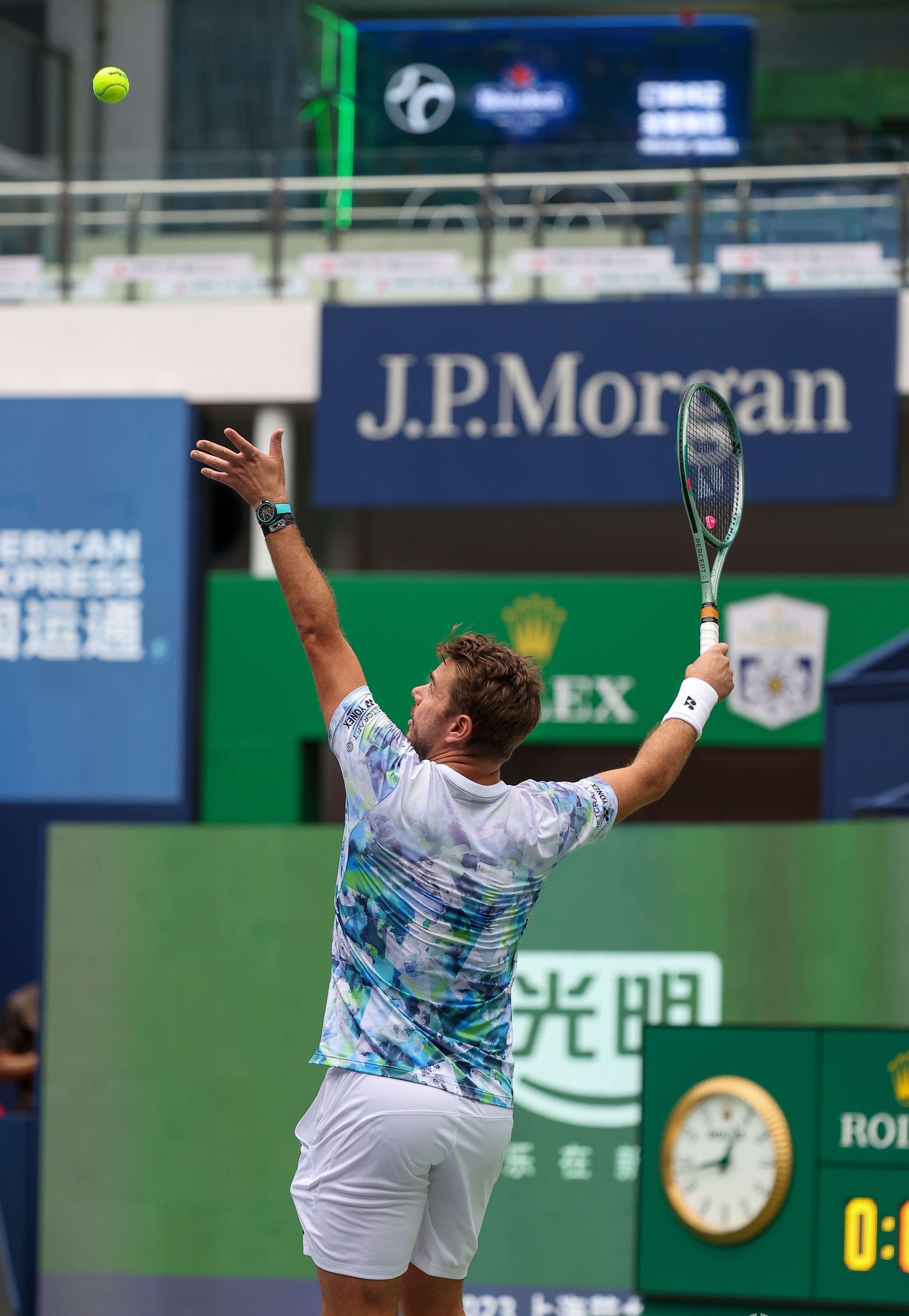
The plight of table tennis WTT provides a lesson from the past. The WTT mimics the model of tennis' four Grand Slams and hopes to promote the professionalization of table tennis, but it is embarrassed: its Grand Slam tournaments have a far cry from the prize money of tennis, and the honorary value is not as good as that of the Olympics and the World Table Tennis Championships. Wang Chuqin, the highest-paid table tennis player in 2024, will only receive $260,000 in prize money, less than a fraction of tennis player Zheng Qinwen ($5.56 million). Forcing stars to participate in the competition without sufficient commercial value eventually leads to the "toughness" of the top players out of the ranking system.

Tournament organizers face conflicting figures: the prize money for the four Grand Slam players accounts for only 15% of total revenue, while the North American professional sports leagues share 50% of the total revenue; While Sinner received $2.78 million for full attendance, Djokovic lost his prize money for selective participation. Behind the competition for the Shanghai Masters, Singapore, Japan, and South Korea are eyeing the right to host the tournament, and the reality of low-ranked players doing their best for a wild card constitutes a multi-dimensional picture of professional tennis.

Faced with increasingly acute schedule contradictions, professional tennis organizations began to explore a middle ground. The WTA recently piloted a "mid-season break" system, which imposed a mandatory two-week break in August and banned any WTA events. This move directly led to the relegation of the WTA 500 to the 250 event in Washington, and the cancellation of the Zhengzhou station in China. The WTP adopts a more flexible waiver system: the veteran clause opens a green channel for meritorious players. Players who are at least 30 years old, have 12 years of professional experience and have played a total of 600 games can apply for an exemption from some mandatory events. As a result, stars such as Novak Djokovic and Nadal have been given room for strategic adjustment and can accurately choose their plans later in their careers.
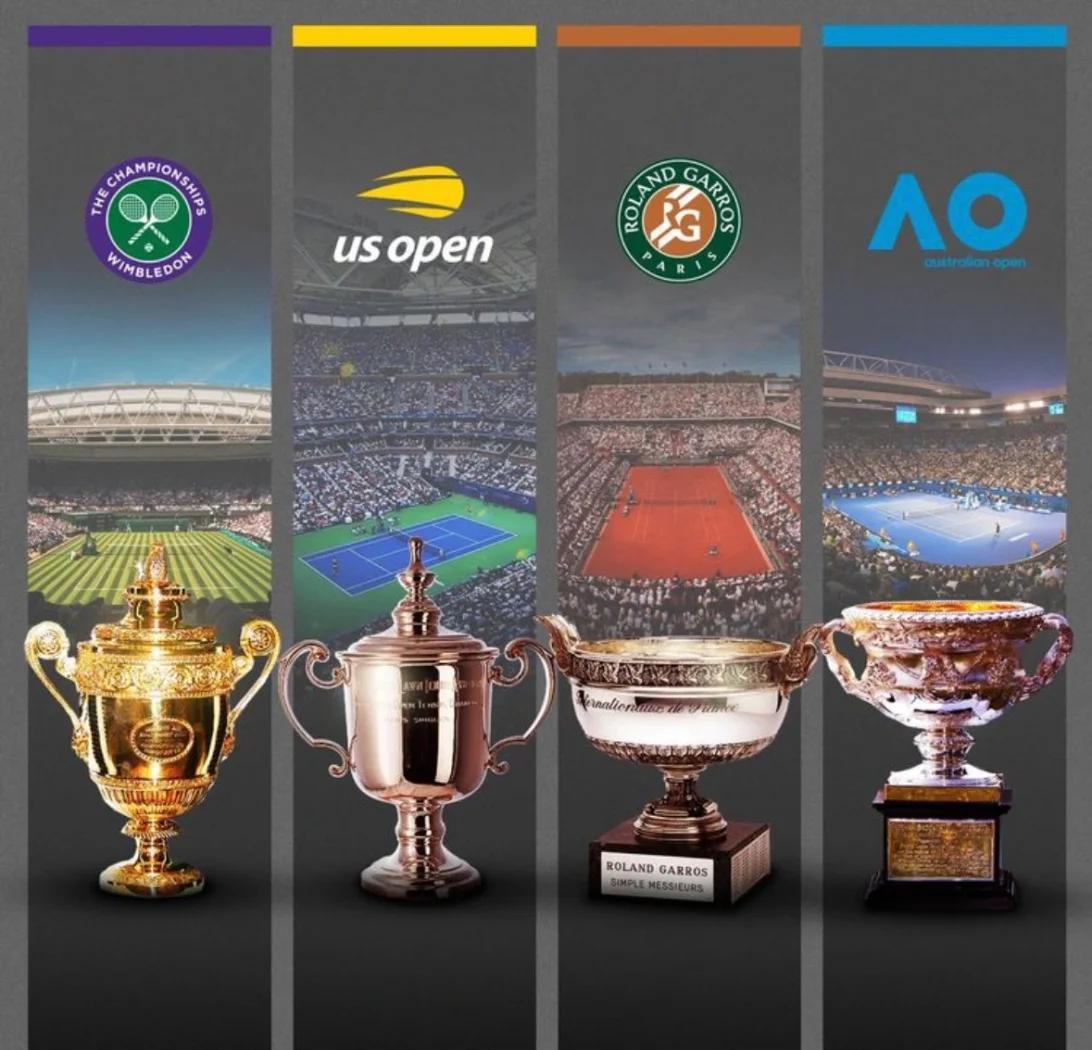
China's Shang Juncheng's season plan offers an alternative approach. The 19-year-old, who competed in 33 events in 2023 and 22 in 2024, moved up from 183rd to 89th in the rankings. "Cutting back on the lower divisions and focusing on the Grand Slams and the high-level tours has given me more time to prepare for the key battles," he admits. This strategy of "substituting quality for quantity" is being adopted by more and more midstream players.
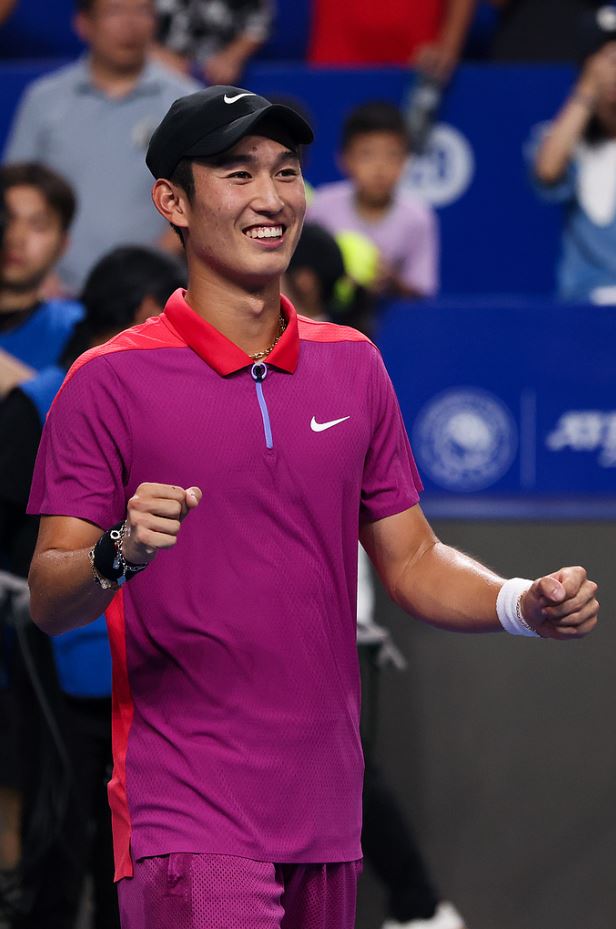
While De Minaur complained in Paris, the Chinese season was becoming a key variable on the global tennis map. In 2024, the total prize money of the China Tennis Tour will exceed 20 million US dollars, and the prize money of the Shanghai Masters will be as high as 9.75 million US dollars, surpassing most ATP1000 tournaments. China's intensive schedule has sparked polar reactions, with the world's top 30 players complaining of three weeks of high-intensity matches being overdrawn, and Asian players seeing it as a golden springboard to move up the rankings. The Chinese Tennis Association's innovative attempts are even more instructive, with the introduction of the "Tournament Points Bank" system in 2024, which allows players to freeze their tournament points during injuries and illness, and then choose a suitable tournament to "unfreeze" them after recovery. This flexible management provides a buffer for players to cope with sudden injuries.
The balance of interests in professional tennis never ceases to waver. While Djokovic was presenting the newly designed "Dynamic Immunity System" at the Players' Council, a handful of barefoot teenagers were practising their serve on a wooden board on the beach courts in Rio de Janeiro – dreaming of one day standing on the same court that De Minaur complained about. The magic of this sport lies precisely in the fact that it can carry the worries of the elite at the top and the aspirations of the dreamers at the bottom. Perhaps the real breaking point is not in shortening the schedule, but in building an ecosystem where lightchasers in different positions can find their rhythm. It's like the philosophy of tennis itself: it's not the distance you run that matters, it's the timing of each step.(Source: Tennis Home Author: Xiaodi)







 Links
Links
 Contact
Contact
 App
App


